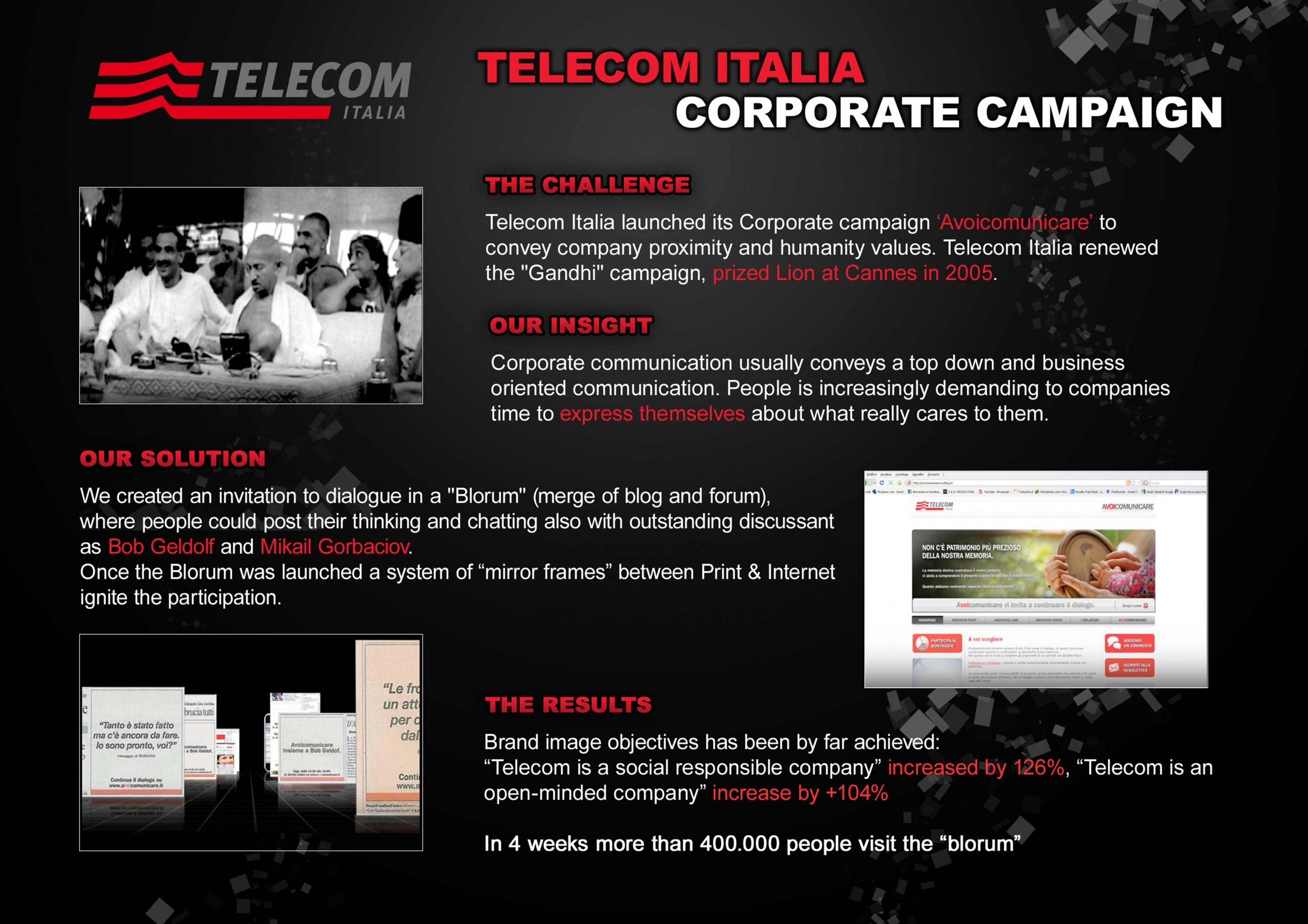Creative Data > Creative Data
WORLD'S FIRST ONLINE SUGAR ACCUMULATOR
MEC GLOBAL, London / PUBLIC HEALTH ENGLAND / 2015
Overview
Credits
Overview
ClientBriefOrObjective
The brief was simple. Encourage more shoppers in England to reduce the sugar in their diet by swapping to lower sugar alternatives.
Eating too much sugar results in extra calories, which causes fat to build up, and could lead to heart disease, cancer or type 2 diabetes. The most recent estimates are that excess body weight costs the UK NHS alone £5.4 billion a year.
An awareness of the risks of high sugar consumption wasn’t lacking, in fact weekly newspaper headlines would highlight the dangers of sugar in dramatic fashion e.g. “sugar is the new tobacco”.
A major factor for this was that people just weren’t aware of how their sugar consumption was stacking up.
They didn’t realise how much sugar they were potentially buying or consuming in everyday foods.
Our strategic objective was to make it easier for people to understand how much sugar they were buying and make it simple to swap to lower sugar alternatives.
We needed to turn nutritional data for pre-packaged products, in major UK supermarkets, into a real time visual representation of their sugar content and show how the sugar accumulated across the shop.
A tough challenge only data technology could meet.
Execution
The world’s first Sugar Accumulator tool, for online grocery shopping, has created new meaning to tracking the sugar in our shop.
Now shoppers can easily see which products accumulate the most sugar as well as identify lower sugar swaps.
In the first month alone we saw fantastic purchase uplift in lower sugar categories including an 18% increase in lower sugar drinks and breakfasts and a phenomenal 100% purchase increase in lower sugar puddings.
Overall mySupermarket recorded a 20% purchase increase across all lower sugar badged products - from 3 million before the accumulator’s existence to 3.5 million in our launch month. As a result, £500,000 more money was spent on lower sugar products.
Strengthened by its unmissable prominence under the checkout, the Accumulator’s real time functionality positively promotes behaviour change, highlighting to the shopper what sugar category (low, medium or high) each of their products fall into.
A consistent reminder of the sugar in their basket and encouraging shoppers to choose lower sugar alternatives.
In the first month, mySupermarket measured 1.2m shoppers who clicked on the tool, demonstrating that if sugar is visible, shoppers are more conscious of what they add to their basket.
And with access to shopper accounts we can measure whether they have reduced the number of high sugar products purchased by comparing their basket data over repeat visits and time.
Due to this ground-breaking utility, the Sugar Accumulator now sits as an ongoing feature on mySupermarket and thanks to the amount of data it collates, has potential to continuously uncover behavioural insights for future Public Health England campaigns.
The Accumulator can be adapted to measure other nutritional categories including salt, fat, saturated fat and calories. But it doesn’t stop there. Every UK supermarket can potentially integrate the accumulator functionality into their own sites.
Implementation
Our challenge was to gather numerous large data sets and interpret them in real time as people shopped.
Working with a single supermarket would limit the tools’ scale and helpfulness, so we partnered with mysupermarket.co.uk, the UK’s largest supermarket aggregator.
They hold a wealth of individual shopper behaviour data as well as year on year basket purchase data.
But most importantly they hold the largest list of individual product nutritional data in the UK, detailing the amount of sugar in over 36,000 pre-packaged grocery products, regardless of supermarket.
This data partnership gave our creative limitless scope for indicating, in real time, the level of sugar in shopping baskets.
Our strategy to interpret this data in a creative and meaningful way was really simple.
‘Identify’ whether a product is low, medium or high in sugar by comparing the nutrient data against the Government nutritional criteria and then adding an accumulating functionality to ‘quantify’ the number of low, medium and high sugar products in a shopper’s online basket.
This simple two-step calculation became the process for measuring the accumulation of sugary products in a shopper’s basket, creating the world’s first Sugar Accumulator Tool.
The Sugar Accumulator dynamically visualises the amount of sugar in a shopper’s basket in real time.
It creatively harnesses and interprets both nutritional and shopping data to help shoppers change their purchasing behaviour for the better.
For simplicity we used the front of pack traffic light colours to display high (red), medium (orange) or low (green) volumes of sugar.
This coding system is already used on-many foods across the UK food industry, so was a familiar and easy to understand indication of sugar in a shopper's online basket.
Outcome
Using our ‘Identify and Quantify’ strategy we were able to creatively manipulate the visual design of our Sugar Accumulator in real time.
Designed as a simple horizontal bar, the Sugar Accumulator makes sugar data visible by turning the sugar content of products into a simplistic representation.
The Accumulator responds accordingly in real time whenever a shopper adds a new product to their basket.
Low, medium and high sugar products are represented by green, amber and red colours on The Accumulator’s bar and this colour ratio represents the quantity of low, medium and high sugar pre-packaged products in a shopper’s basket.
For example the greater the number of ‘High’ sugar products in a shopper’s basket, the larger the proportion of red displayed on The Accumulator’s bar.
The Accumulator’s reactive nature naturally draws attention which means shoppers are constantly reminded of the sugar content of their shop.
Therefore making sugar visible through a visual interpretation of the data means we can actively encourage shoppers to swap to alternative lower sugar products.
We further harnessed the power of the nutrient data by incorporating a suggestion functionality, which prompted shoppers to swap high sugar products for lower sugar alternatives, within the same food category.
And because The Sugar Accumulator was located directly below the shopper’s total spend, it gained the greatest visibility, traction and awareness in that position.
In essence the data not only powered the creative output, but also actively enhanced it by utilising the information to visually highlight a problem that had for too long gone unnoticed.
More Entries from Creative Data Visualisation in Creative Data
24 items
More Entries from MEC GLOBAL
22 items


